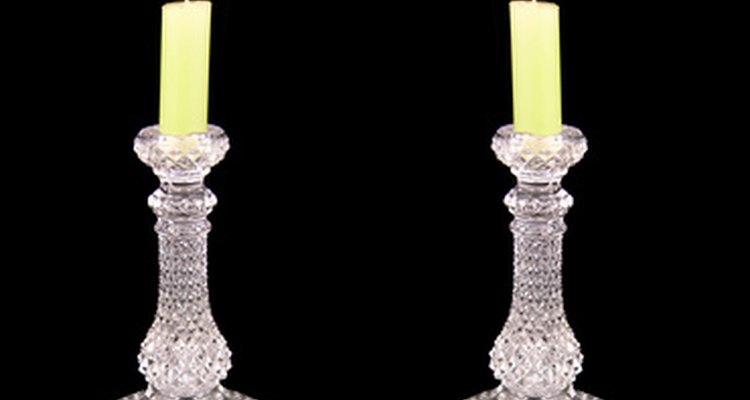
Cut glass and lead crystal are both made from glass, but lead crystal contains an extra material that enhances the brilliance of the glass. It helps to know how to tell the difference because lead glass is usually of higher value than cut glass, and requires a bit more attention when cleaning. Lead crystal stemware and other pieces have distinctive characteristics which you can test by holding in your hand.
Determining Factors of Lead Crystal Versus Cut Glass
Lifting an item may shed light on whether your stemware or other piece is made from lead crystal or cut glass. Lead crystal is usually heavier than glass. Any item sold as full lead crystal must contain at least 24 percent lead oxide. Comparing an object of the same size, the lead crystal object will feel heavier than its cut glass counterpart due to the weight of the added lead oxide.
If you don't have two similar pieces for weight comparison, you can use your ears to determine whether you have cut glass or lead crystal.
Lift the item up and place it close to your ear. Make certain first that there are no discernible cracks or imperfections. Avoid doing this test on pieces with either, or otherwise use care and do this test far away from the damaged section of the glassware.
Lightly tap towards the base of the object using two fingers, similar to how you would shoot marbles, thumb and index finger pinched closed.
Once lightly tapped, lead crystal will produce a sustained melodic "ping" but cut glass will not.
Closely examine the piece in bright light. Examine for transparency of object. Absence of color is indicative of crystal, while glass will have some light hints of green or yellow. The light refraction in crystal can produce a rainbow effect.
Cut clarity and smoothness is also an indication of crystal, as glass will have some roughness.
Lead crystal is often thinner than glass, as the material can be manipulated during manufacturing to create more delicate shapes without breaking.
Confirming the cut glass or lead crystal piece may be easier with a known manufacturing company, year, or location of production.
If you know the manufacturer's name, you can research the piece on the Internet to find details about the item, including whether it is lead crystal.
Related Articles
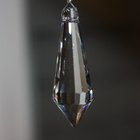
Glass Vs. Crystal Rhinestones

How to Find Out How Many Carats Are in ...

How to Clean Gold Plated Silver Jewelery

How to Tell If It's Gold Filled or ...
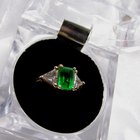
The Differences Between Emerald Cut & ...

How to Determine if a Necklace Is Real ...

Cubic Zirconia Vs. White Spinel
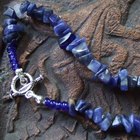
How to Clean Lapis Lazuli
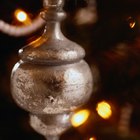
Coatings Used to Resist Tarnish in ...

How to Tell If a Silver Chain Is Real

Tanzanite Vs. Diamonds
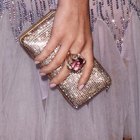
How to Tell If a Gem Is a Kunzite?

Information on African Rubies

What Is the Difference in K and KT in ...
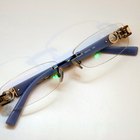
How to Remove Scratches From Eyeglasses ...
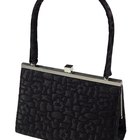
How to Make Sure Your Handbag Is ...

Metal Types for Rings Similar to ...
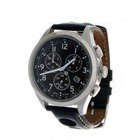
How to Clean a Watch Crystal

Are Nickel Lined Pans Safe?
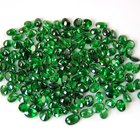
How to Measure a Gemstone
References
Writer Bio
Alison Diefenderfer is a higher educational professional with experience in teaching and tutoring. She has been a freelance writer since 2007 and has been published in the science publication "AWIS Magazine." Diefenderfer has book reviews in both the "Journal of Latin and Caribbean Anthropology" and "Journal of International and Global Studies." She holds a Master of Science in interdisciplinary social science.
Photo Credits
Traditional cut glass candle holders image by Peter Baxter from Fotolia.com